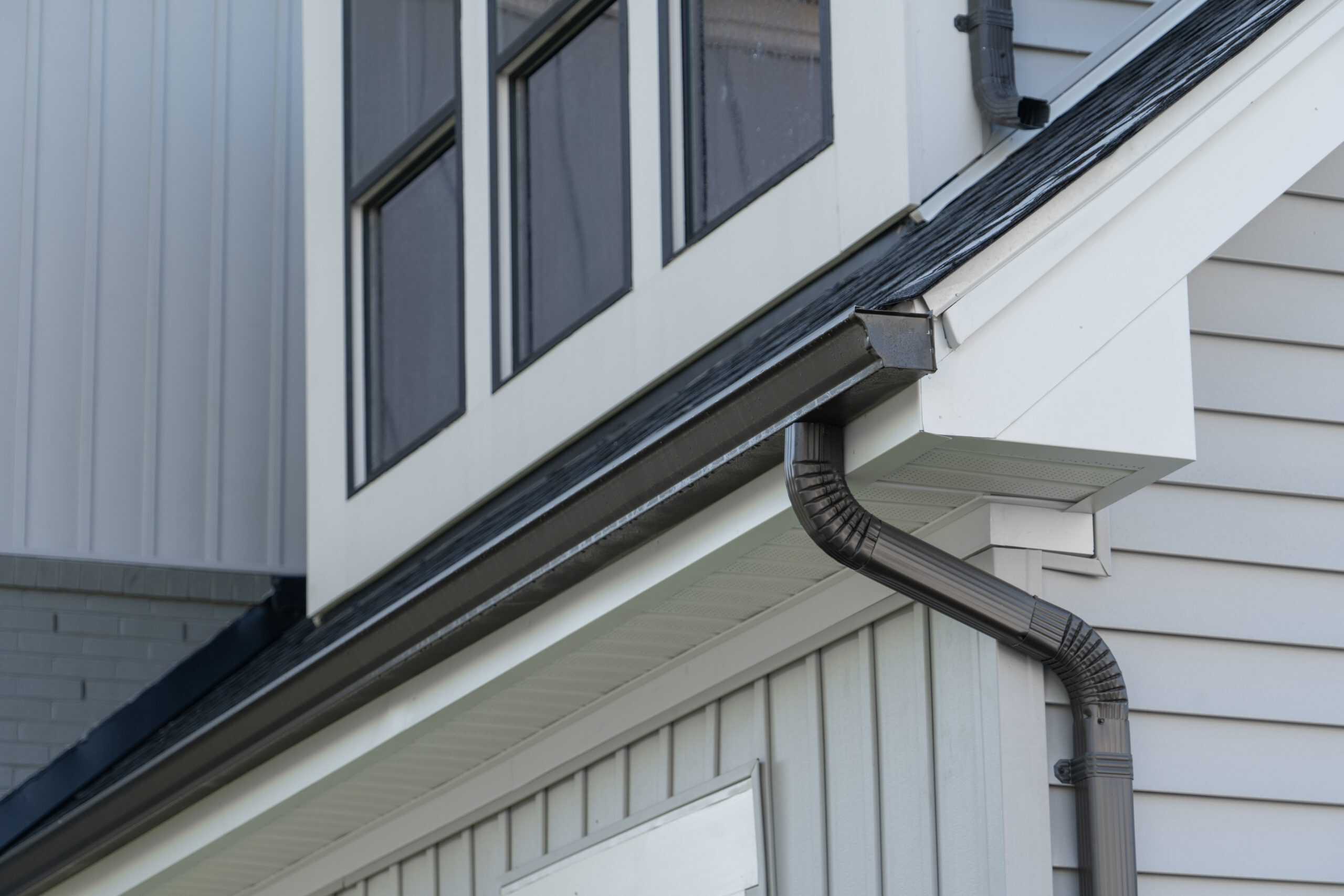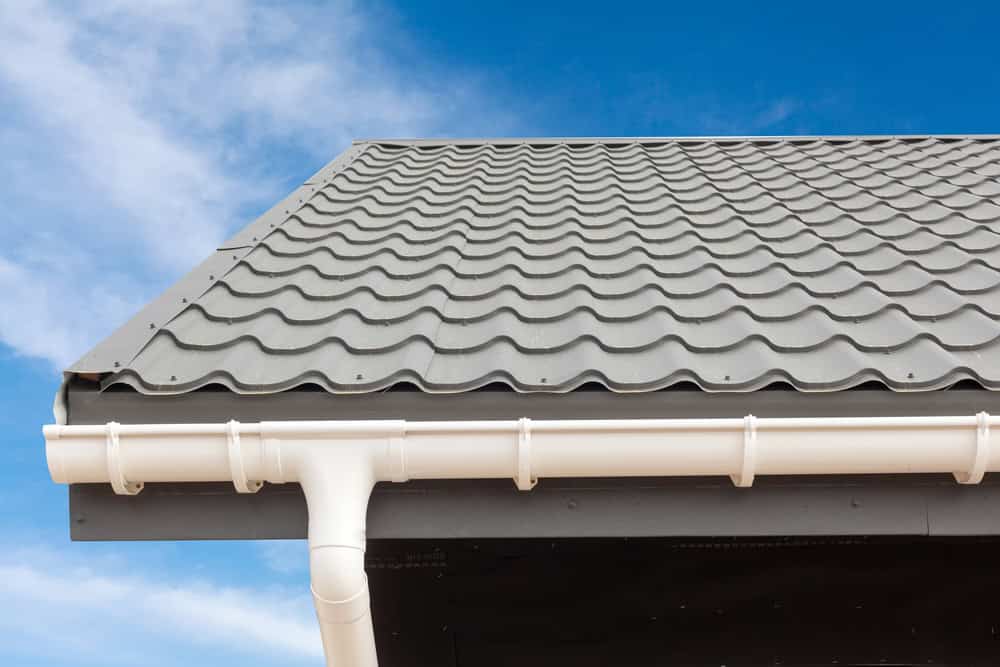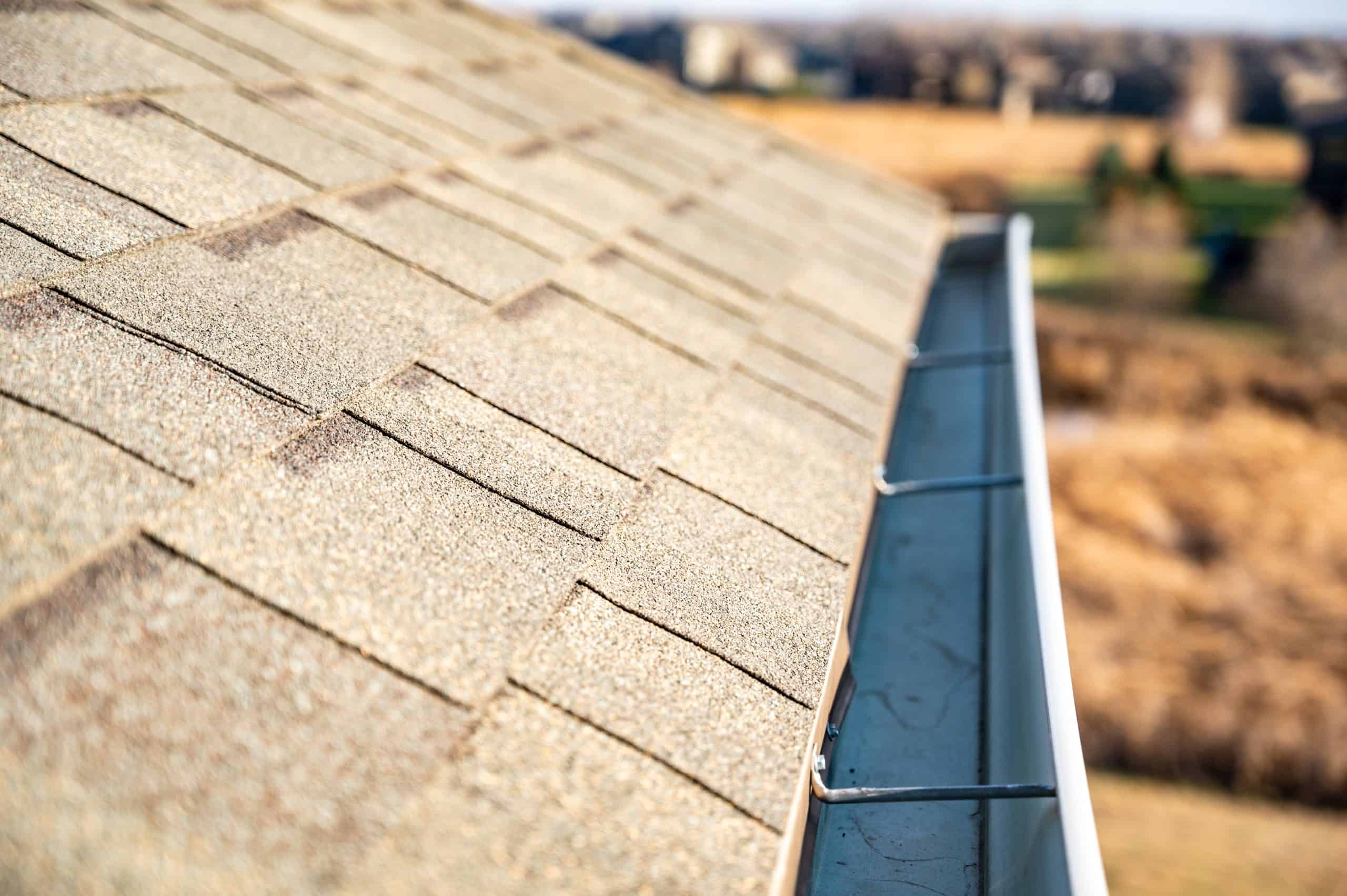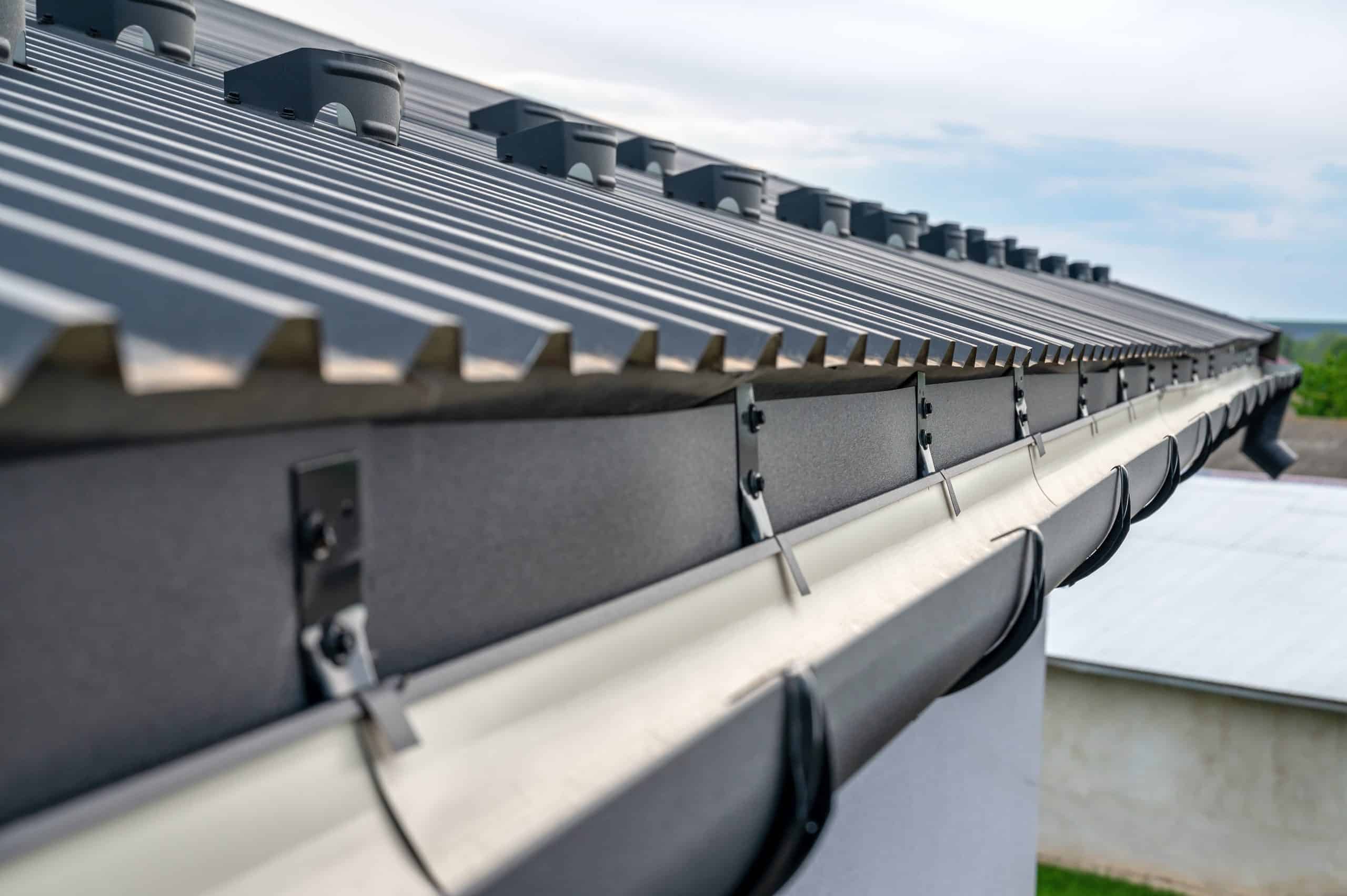
Summary:
Foundational Tools for Gutter Installation
A successful gutter installation project relies heavily on having the right set of tools from the very beginning. Firstly, safety is paramount, so a sturdy extension ladder is non-negotiable; it must be tall enough to reach the roofline comfortably and placed on stable ground. Measuring tools, like a tape measure and a chalk line, are next. These allow for accurate measurements and help snap a straight line, establishing the correct slope for the rain gutters. This slope, typically about 1/4 inch for every 10 feet, is vital for gravity to pull water towards the downspouts. Hand tools such as drills, drivers, and hammers are needed for fastening components. Aviation snips or a hacksaw are used to cut gutter sections to size, particularly important when working with traditional sectional gutters. Having these basics on hand makes the entire process smoother and contributes to a sturdy final product.
Securing Your Gutters: Hangers and Fasteners
The longevity of your gutter system often depends on how well it’s secured to your home. This is where gutter hangers come into play. There are various types, including spike-and-ferrule, hidden hangers, and strap hangers. Hidden hangers are often preferred for seamless gutters because they provide a clean look while offering strong support from inside the gutter. You will need a power drill and appropriate screws or fasteners – often 1.5-inch stainless steel screws – to attach these hangers securely to the fascia board. It’s important to space the gutter hangers correctly, usually every 24 to 30 inches, and closer in areas like Buchanan County that might experience heavy snowfall, to support the added weight.
Working with Seamless Gutters and Downspouts
The longevity of your gutter system often depends on how well it’s secured to your home. This is where gutter hangers come into play. There are various types, including spike-and-ferrule, hidden hangers, and strap hangers. Hidden hangers are often preferred for seamless gutters because they provide a clean look while offering strong support from inside the gutter. You will need a power drill and appropriate screws or fasteners – often 1.5-inch stainless steel screws – to attach these hangers securely to the fascia board. It’s important to space the gutter hangers correctly, usually every 24 to 30 inches, and closer in areas like Buchanan County that might experience heavy snowfall, to support the added weight.
Gutter Materials and Protective Additions
The choice of gutter materials impacts both the installation process and the system’s lifespan. Aluminum is a popular choice; it’s lightweight, resists rust, and is available in various colors. Steel, while heavier, offers more strength, which can be beneficial in areas with heavy snow loads. Copper is a premium option, known for its longevity and distinctive appearance. Regardless of the material, enhancing your system with gutter guards or leaf guards is a wise move. These additions sit on top of or inside the gutter channel to block leaves, twigs, and other debris while allowing water to pass through. Different types of gutter guards exist, from simple mesh screens to more sophisticated surface-tension systems, and installing them might require additional screws or clips, depending on the design. This addition significantly reduces the need for frequent gutter cleaning.
Techniques for a Lasting Installation
Beyond just having the tools, using the right techniques is vital. When cutting gutter materials, especially metal, it’s important to use sharp, appropriate snips or saws to make clean cuts; burrs or jagged edges can lead to rust or improper fits. Applying sealant requires a caulking gun and careful application to form a continuous, waterproof bead inside corners and around end caps. When attaching hangers, it’s beneficial to hit the rafter tails behind the fascia for maximum strength. Proper slope isn’t just a suggestion; it’s a rule that prevents standing water, which can lead to mosquito breeding, ice dams in winter, and premature gutter repair needs. A level can help verify this slope during gutter installation.
When to Call Gutter Contractors
While a DIY approach can seem appealing, a gutter installation can be complex and working at heights carries risks. If you lack the specialized tools, particularly for seamless gutters, or if your home has multiple levels or complex rooflines, hiring professional gutter contractors is often the best course of action. Professionals possess the equipment, know-how, and safety training to do the job correctly. They can assess your specific needs, recommend the best gutter materials and drainage systems for the Buchanan County climate, and often complete the work much faster. They can also handle tasks like gutter replacement or significant gutter repair jobs that might be beyond a typical homeowner’s scope, providing valuable gutter services.
Investing in Your Home's Protection
Having the right tools is fundamental to any successful gutter installation project in Buchanan County, CO. From the basic ladder and measuring tape to specialized machinery for seamless gutters, each piece plays a part in creating a system that protects your home. Understanding these tools helps you appreciate the work involved in setting up effective rain gutters, downspouts, and protective leaf guards. Whether you tackle the job yourself or rely on professionals, a well-installed gutter system is a valuable investment in your home’s health. If you’re looking for assistance with gutter replacement, gutter cleaning, or a new installation, consider reaching out to Heritage Gutter. Contact us to discuss your needs and learn how our gutter services can help protect your home.





